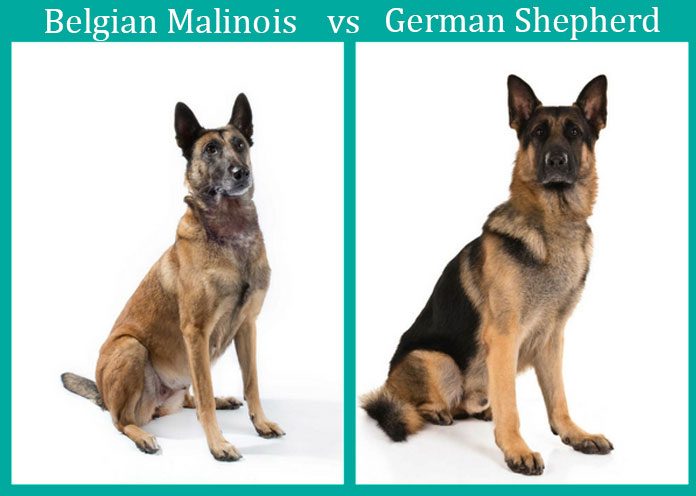K-9 dogs have a long and storied history in the United States Navy, where they have been used for a variety of purposes over the years. From tracking down enemy combatants to sniffing out explosives and drugs, these highly trained dogs have played a crucial role in protecting American military personnel and assets both at home and abroad.

The history of K9 Veteran dogs in the US Navy can be traced back to the early 20th century, when the military first began experimenting with using dogs for a variety of tasks. During World War I, dogs were used primarily as messengers and sentries, while in World War II their duties expanded to include search and rescue, scouting, and detecting landmines.
It was during the Vietnam War, however, that K-9 dogs truly came into their own in the US Navy. In the jungles of Southeast Asia, these dogs were used to track down enemy combatants and locate hidden weapons caches, often at great personal risk. Many of these dogs were also trained to detect the scent of explosives, making them invaluable assets in the fight against terrorism and insurgency.

After the Vietnam War, the role of K-9 dogs in the US Navy continued to expand. Today, these dogs are used for a wide range of tasks, including search and rescue operations, drug interdiction efforts, and providing security for high-profile military installations and personnel.
One of the most important aspects of the US Navy’s K-9 program is the extensive training that these dogs receive. From an early age, these animals are put through rigorous training programs designed to hone their instincts, strengthen their obedience, and teach them how to perform a wide range of specialized tasks. Some dogs are trained to sniff out specific chemicals or compounds, while others are taught to track human scents or locate hidden objects.
Another key factor in the success of the US Navy’s K-9 program is the close relationship that develops between each dog and its handler. Handlers are carefully chosen for their ability to work with these highly trained animals, and they undergo their own intensive training programs to learn how to effectively communicate with and control their K-9 partners.
Overall, the history and use of K-9 dogs in the US Navy is a testament to the important role that these animals have played in protecting American military personnel and assets around the world. From their early days as messengers and sentries to their current role as highly trained detection and security specialists, these dogs continue to serve as valuable assets to the US Navy and the nation as a whole.
3 Things You Didn’t Know about Navy K9 Handlers.
3 Things You Didn’t Know About Navy K9 Handlers- For most members of the military, warfighting equipment just needs to be maintained. For some, it needs to be trained and fed.
Being a Navy K9 handler is a difficult job. Military working dogs are tough and smart, but like any dog, they must be cared for and trained properly. In their communities, they’re trusted to detect drugs, enemies, bombs, and weapons more than any piece of machinery made by man. They’re fearless and loyal, always at their handler’s side watching his six. Here are three things you may never have known about these exclusive K-9 units:
1. They’re not all German Shepherds.
A common misconception about military working dogs is that they’re all German Shepherds. Certainly, German Shepherds are a common breed to be found in military kennels. For units such as the famed US Navy SEALs, however, Belgian Malinois are preferred. They’re a breed very similar to German Shepherds, but smaller and with shorter fur. This means they’re easier to transport (remember, SEALs jump out of planes with these dogs on their backs), and that there’s less for bad guys to grab onto if they’re being attacked by one of the dogs.
2. The dog is always one rank higher than its handler.
All dogs are Petty Officers in the US Navy. When the handler advances a rank, so does the dog, always one rank higher. The common reasoning for this is that the dog is to be respected by the handler at all times, so it should be a rank superior to the handler. It makes sense, the dog does all the work, right?
Military working dogs are respected within their communities the same as any human service member, with full honors given to the fallen and retirement perks (treats?) given when they’re done with their tour.
3. Over 90% of K9s are adopted by their handlers.
By congressional order, former military working dogs are adopted out with priority given first to civilian law enforcement, then their handlers, then the general public. Ordinarily, the adoption queue never makes it past the handler. The handlers raise these dogs themselves, attach to them, fight alongside them, and often find it difficult to imagine life without them. Thankfully, we’re past the era of euthanizing or abandoning our working dogs. These days, they come home right where they belong.
If you’d like to adopt one of the 10% that remain, consider paying a visit to Mission K9 Rescue, where you can find a military dog that fits in with your family!
Show your support for these brave four-legged warriors with Navy Crow’s K9 Unit Products! We’re celebrating the 75th anniversary of K9 military units with hoodies and t-shirts with our popular K9 unit design. Sure to be a hit with any dog handler past or present, make sure and pick these up before they’re gone!
Get a Custom Engraved US Navy K9 Challenge coin today!
As original US Navy challenge coin creators we recognize military birthdays, special events and anniversaries. When the 75th anniversary for K9’s in the military arrived we could not hesitate to start designing. Our labor of love developed into the first of a breed of coin that recognized the war dog and its birth date of 1942. THe custom engraved K9 coin features an incredible German shepherd on one side and a reverse side with space to have 80 characters engraved onto its surface with your most important details, facts and information.
















